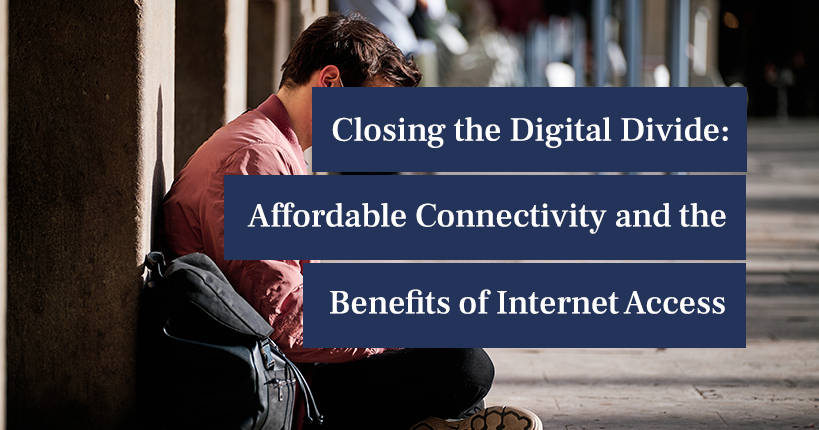The FCC’s Lifeline program has long been a critical tool in ensuring that low-income households have access to affordable communication services, including telephone and broadband service. However, despite the success of the Lifeline program, there is still a significant gap in internet access between low-income and higher-income households.
In response, the FCC has introduced the Affordable Connectivity Program, a new initiative designed to expand internet access nationwide and close the digital divide. Here’s a closer look at the Affordable Connectivity Program and the benefits of internet access.
The Affordable Connectivity Program
The Affordable Connectivity Program is a new initiative from the FCC that aims to expand internet access to low-income households and bridge the digital divide. The program is focused on providing affordable broadband service to low-income households, with the goal of ensuring that every American has access to high-quality, affordable internet service.
The program is funded through a combination of federal and private sector investments, and it is being implemented through partnerships with internet service providers, local governments, and non-profit organizations. The program is targeted at low-income households that are currently unserved or underserved by broadband, and it is being implemented in a phased approach, with a focus on providing service to the most rural and hard-to-reach areas first.
Benefits of Internet Access
Internet access is increasingly seen as an essential service, and for good reason. It has the power to transform lives and communities in a number of ways. Here are just a few of the benefits of internet access:
- Education: Internet access can provide students with a wealth of information and resources for learning, including online courses, e-books, and educational websites. It can also facilitate communication and collaboration with teachers and classmates, making it easier for students to learn and succeed.
- Employment: Internet access can provide job seekers with access to a range of job search resources, such as job boards and career websites. It can also enable remote work, allowing people to work from home or other locations and increasing their job opportunities.
- Health: Internet access can provide people with access to a range of health resources, such as online health information, telemedicine services, and virtual support groups. It can also enable people to connect with healthcare providers and access medical records, making it easier for them to manage their health.
- Community: Internet access can provide people with a platform for connecting with others and building community, whether through social media, online forums, or other platforms. It can also enable people to access community resources and information, such as news, events, and services.
Conclusion
In conclusion, the FCC’s Affordable Connectivity Program is a crucial initiative that aims to expand internet access to low-income households and bridge the digital divide. By providing affordable broadband service to low-income households, the program has the potential to transform lives and communities in a number of ways, from education and employment to health and community building. By ensuring that every American has access to high-quality, affordable internet service, the Affordable Connectivity Program is helping to create a more connected and equitable society.


